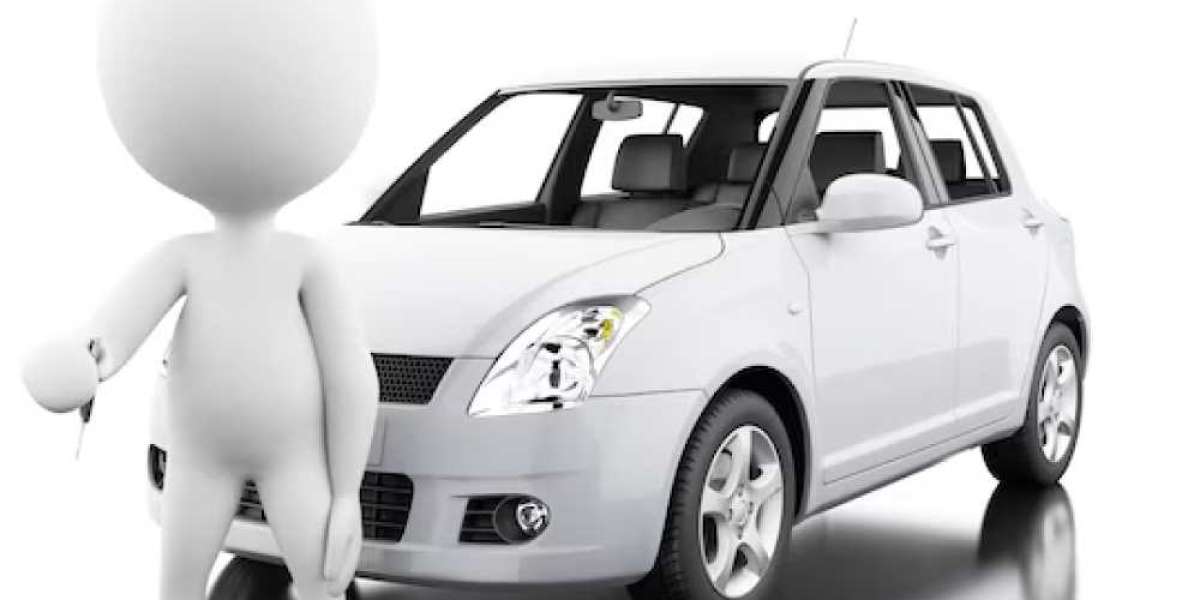The off-the-road (OTR) tire market is a critical but often overlooked pillar of global industry and infrastructure. These specialized tires are built to operate in harsh environments encountered by mining trucks, construction machinery, agricultural tractors, port equipment, and forestry vehicles — terrains where performance, durability, and safety are essential for productivity.
As global infrastructure investments soar and resource extraction remains a cornerstone of many economies, the OTR tire market is seeing steady expansion. Industry analysts estimate the market was valued at over USD 25 billion in 2024, with expectations of crossing USD 35–38 billion by 2030, at a projected compound annual growth rate (CAGR) of 5–6%.
What Defines the OTR Tire Market?
Unlike passenger car tires, OTR tires are engineered for:
- Extreme load-carrying capacities
- Durability against cuts, abrasions, and punctures
- Optimal traction on loose gravel, mud, sand, or rocky ground
- Long hours of continuous use without overheating
Sizes range from massive 63-inch-diameter tires used on mining haul trucks to rugged bias-ply tires used on small backhoes and telescopic handlers. Their performance directly translates into operational uptime for heavy equipment — making them a critical operational investment.
Core Market Drivers
- Ramp-up in Global Construction Activity
Large-scale infrastructure programs — highways, bridges, airports, dams — particularly in Asia-Pacific, the Middle East, and Africa — are increasing demand for construction machinery. These machines require reliable OTR tires that can handle heavy payloads and rough terrain. - Mining Sector Resurgence
Copper, iron ore, coal, and rare-earth mining operations are expanding to meet the needs of energy transition, electronics, and industrial production. Mining and quarrying applications consume large OTR tires for loaders, dump trucks, underground mining vehicles, and graders. - Mechanization in Agriculture
The shift toward mechanized farming in emerging economies and larger farm sizes in mature markets drive demand for farm-grade OTR tires with high flotation and reduced soil compaction features. - Replacement Cycles and Aftermarket Demand
OTR tires suffer severe wear and tear, making the replacement market a significant contributor to market value. Fleet operators routinely replace tires to maintain performance and safety, particularly in high-use sectors such as material handling and ports. - Technological Advancements
Manufacturers are developing smarter, more resilient OTR tires using advanced rubber compounds, steel-belted radials, and heat-resistant tread designs. These improvements translate to longer service life and reduced downtime — a major win for fleet owners.
Market Segmentation
OTR tires are typically segmented based on vehicle type and application:
- Mining Quarrying Tires: Ultra-large radials with reinforced sidewalls, heat-resistant tread for dumper trucks and loaders.
- Construction Industrial Tires: Durable bias or radial tires for excavators, cranes, bulldozers, graders.
- Agricultural Tires: High-flotation tires for tractors, combine harvesters, sprayers, and trailers.
- Ports Material-Handling Tires: Specialty solid or pneumatic tires designed for reach stackers, forklifts, and container handling equipment.
Radial tires continue to gain market share because of better traction, fuel economy, and long-term durability — although bias tires remain relevant in specific off-road tasks requiring stiff sidewalls.
Regional Outlook
- Asia-Pacific leads the global market, accounting for over 45% of demand. Key players include China and India where large-scale mining, agricultural transformation, and infrastructure projects fuel high tire consumption.
- North America remains a strong region due to steady investment in construction and mineral extraction across the U.S. and Canada.
- Europe sees rising demand in agriculture modernization and quarrying. However, environmental standards are also promoting retread and recycled tire solutions.
- Latin America and Africa are emerging hotspots where mining expansion and agricultural mechanization offer substantial growth potential.
Industry Trends
Smart Connected Tires
Leading manufacturers are introducing sensors and telematics into OTR tires to measure tire pressure, temperature, and load — enabling predictive maintenance and optimizing maintenance schedules. These “intelligent” tires help prevent catastrophic failures in the field and extend lifecycle ROI.
Sustainability Circular Economy
The sheer size and rubber volume of OTR tires make end-of-life management a challenge. Market-leading OEMs are investing in retread programs and tire recycling systems to reuse casings and reduce raw material consumption — a trend likely to grow amid tightening environmental regulations.
Rise of Ultra-Large Tires
As mining vehicles become larger, the demand for ultra-large OTR tires (51 inches diameter) is climbing. These tires are expensive and complex to produce, creating a competitive landscape dominated by a handful of global heavyweights.
Market Consolidation Localization
Industrial consolidation continues with global leaders such as Bridgestone, Michelin, Goodyear, Yokohama, Continental, BKT, and Titan strengthening positions through acquisitions and regional manufacturing plants. Local production facilities help mitigate shipping delays and tariffs while serving specific domestic markets.
Challenges Hindering the Market
Even with strong potential, the OTR tire market faces barriers:
- Volatile raw material costs (natural rubber, carbon black, steel reinforcements) affecting pricing.
- Supply chain constraints — shipping heavy tires worldwide requires specialized logistics.
- High capital cost of premium tires – occasionally pushing buyers towards lower-cost or retread options.
- Entry barriers due to extreme technical requirements in mining-grade tire design.
Future Outlook
The future for the OTR tire industry looks promising as global infrastructure development accelerates, emerging economies modernize agricultural practices, and mining operations support the clean-energy transition. Continuous technology upgrades, smart monitoring capabilities, and sustainability-focused solutions will be the hallmarks of market progress.
Manufacturers capable of delivering durable, application-specific tires while offering lifecycle support (retreading, data services, predictive analytics) are best positioned to dominate this evolving market. As end-users increasingly seek total cost-of-ownership (TCO) reduction rather than lowest purchase price, the age of “smart, tough, and efficient OTR tires” is well underway.
two wheeler aftermarket component market



